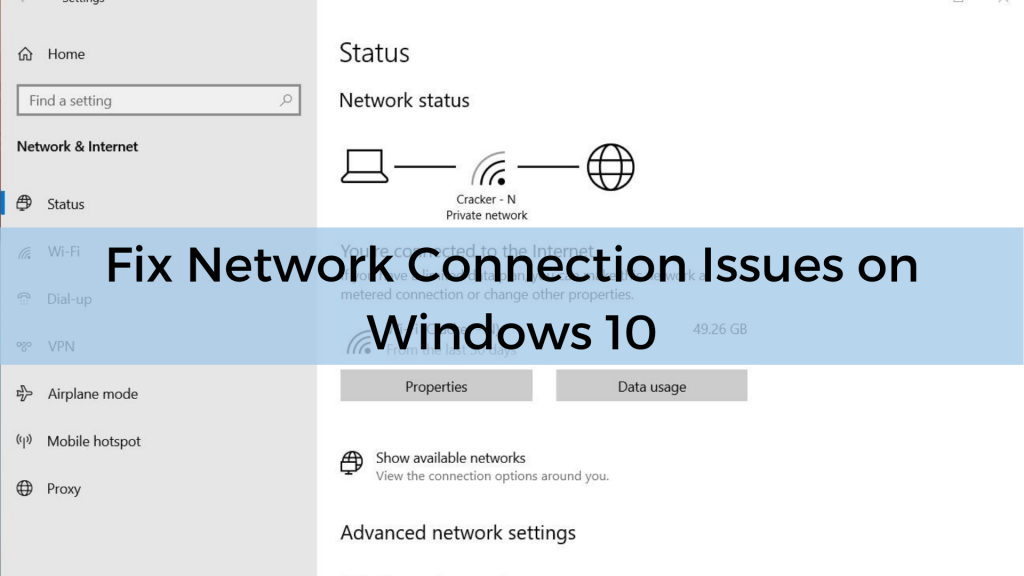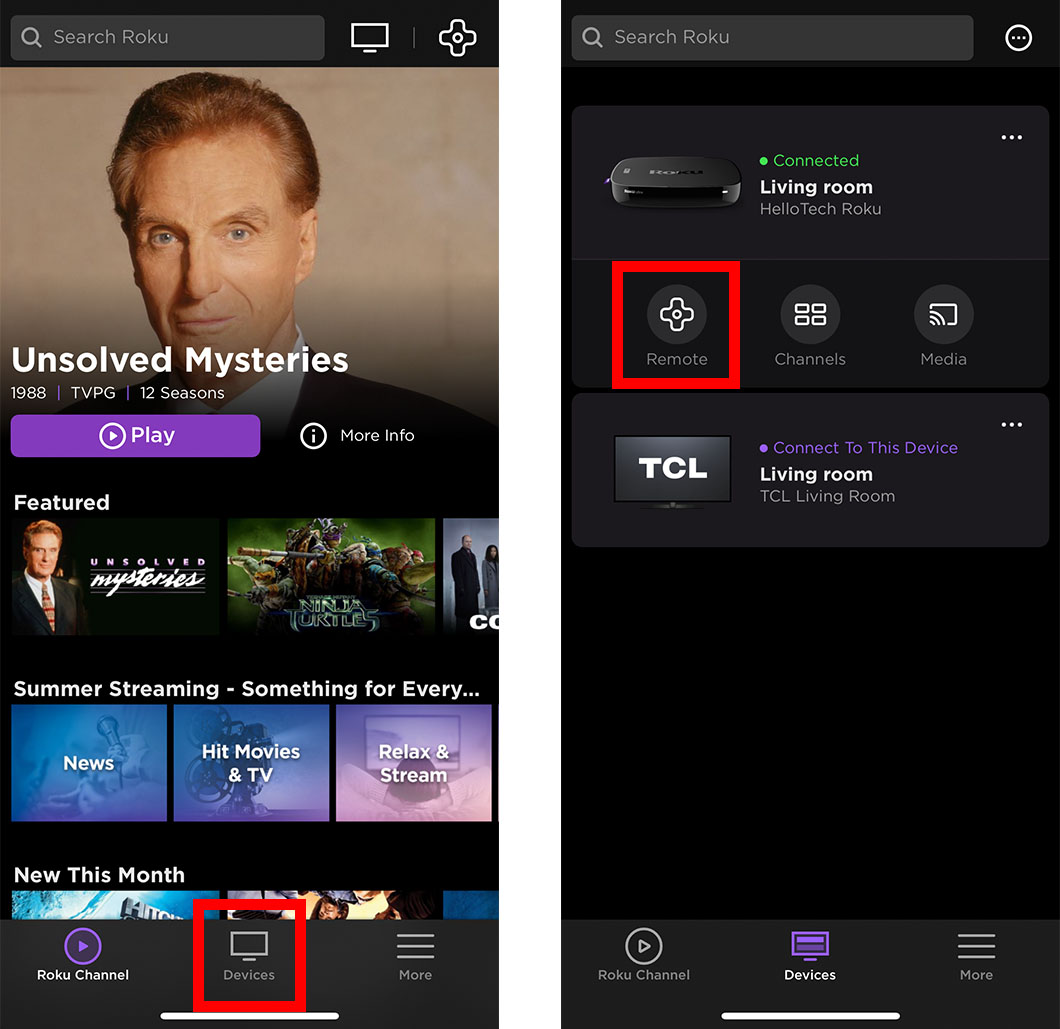
- #Conecting to tigervnc from windows how to
- #Conecting to tigervnc from windows android
- #Conecting to tigervnc from windows pro
Note: For an even more secure connection, I suggest you make use of SSH Key Authentication. Ssh -L 5901:localhost:5901 USER is the remote username and REMOTE_IP is the remote IP address. If you do not, you can always add the remote username like so: This will assume you have the same username on both local and remote machines. You will then be prompted for the remote user’s password. If you’ve never SSH’d to this remote host, you will be asked if you want to add the remote host to your local ~/.ssh/known_hosts file ( Figure A). Where REMOTE_IP is the IP address of the remote host. The first thing to do is create the tunnel that routes packets from localhost (at port 5901) to the remote host (at port 5901) through port 22. I will assume you already have everything you need installed, and your VNC server is running and accepting connections.
#Conecting to tigervnc from windows pro
SEE: Information security policy template download (Tech Pro Research) What you needĬhances are, you have everything you need already installed. If you don’t have access to the remote machine, through SSH, this won’t work. That, of course, means you must have access to the remote machine, via port 22. You will instruct SSH to create a local tunnel that forwards localhost on port 5901 to a remote machine’s port 5901, only through the default SSH port (22). With this handy networking tool, you can tunnel VNC through SSH, so not only are you not punching through the VNC port, but you’re sending all data through an encrypted tunnel.
#Conecting to tigervnc from windows how to
How to secure your email via encryption, password management and more (TechRepublic Premium)įortunately, you have Secure Shell (SSH) to lean on. In security, there is no average behavior
#Conecting to tigervnc from windows android
But what happens when your company (or your home) network doesn’t allow the default VNC port (5901) to remain open? How do you get in? Must-read security coverageĨ5% of Android users are concerned about privacyĪlmost 2,000 data breaches reported for the first half of 2022 When that need arises, the most obvious choice of connection is VNC. There are times when you need to remote into a Linux desktop. For more info, visit our Terms of Use page. This may influence how and where their products appear on our site, but vendors cannot pay to influence the content of our reviews. We may be compensated by vendors who appear on this page through methods such as affiliate links or sponsored partnerships. Once you're finished using the device in EFLOW, you can either physically disconnect the USB device or run this command from an elevated PowerShell session.If your network doesn't allow connections into the default VNC port 5901, you can tunnel it through SSH. Add-EflowUSBDevices -busid -hostIp Ĭheck the device was correctly attached to the EFLOW VM. Select the bus ID of the device you’d like to attach to the EFLOW. List all the network interfaces and get the Windows host OS IP address ipconfig List all of the USB devices connected to Windows.

Import the downloaded EFLOW-USBIP module. Open an elevated PowerShell session by starting with Run as Administrator.

Go to EFLOW-Util and download the EFLOW-USBIP sample PowerShell module.

The sample functions are subject to change and deletion. For production use, ensure you validate the functionality and create your own functions based on these samples. The following functions are samples that are not meant to be used in production deployments.


 0 kommentar(er)
0 kommentar(er)
